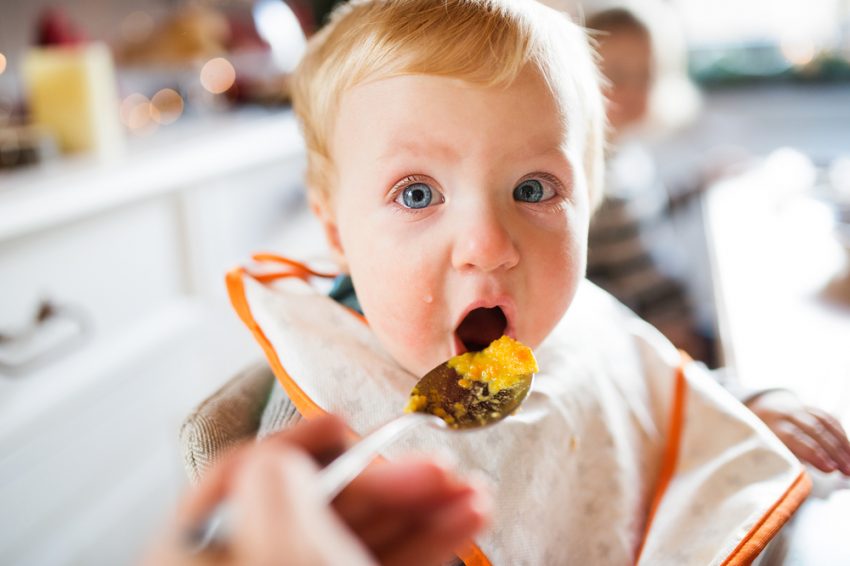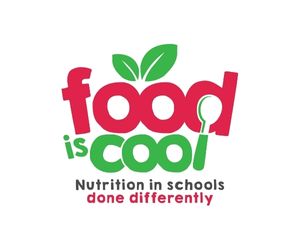Eating is a learned process, and this process starts before birth!
Our first journey to new flavours starts in the womb, as we are introduced to sweet, sour, spicy, and bitter flavours through the amniotic fluid. The first 1000 days of a child’s life play a vital role. It is the period when our brain, body, and immune system grow, and our tastebuds develop significantly through breastfeeding and the introduction of solid foods. This learning process evolves and changes like any other process. We establish and shape our eating habits through the family we grow up in, our educational and health system, and the social groups we belong to. It is an ongoing and lifetime process.
From an evolutionary perspective, humans tend to have a natural preference for sweet flavours. This preference developed during hunter-gatherer days, when trying fruits, berries, and seeds was a safe and beneficial choice. These foods gave our ancestors the energy to survive and explore the world. Consuming them did not require any practical techniques or equipment. Picking a blueberry from the plant was easier than chewing a leaf of raw kale- I suppose:) Bitter is learned as any other flavour and has taken a long time in human history because bitter flavours were associated with poisonous features and were not always safe to consume.
As caregivers, we should rethink and reframe our expectations of children each time we introduce new food. For example, the process of trying broccoli has its historical context, and children especially are more sensitive to the slight bitterness of broccoli, which we may not taste as adults. Additionally, some of us are more sensitive to bitter tastes than others due to a specific bitter-tasting receptor that we have. The genetic factor can play a role in your child not liking the taste of broccoli and other bitter foods. However, CSIRO Australia’s Bitter Taste Status on Vegetable Acceptance in a Child/Adult Cohort study found no evidence of reduced acceptance of vegetables by bitter tasters. Another study showed that offering bitter-tasting food, e.g. raw broccoli with a dip or dressing, can help your child try and consume it more.
To make introducing new food processes more engaging, interactive and joyful for the whole family, here are some tips to share:
- Enjoy, enjoy, enjoy the new food that you introduce first! Children need time, understanding, support, and role models to learn. They constantly observe what you eat and what you don’t eat. They mimic our actions more than our words.
- Repeat exposure to the new food repeatedly (up to 20 times) with a familiar food your child likes, such as dip, dressing, wholemeal crackers, fruit, or cheese.
- Involve your child in shopping, preparing and cooking. This way, children learn new foods and develop a sense that trying is safe.
- Make mealtimes a time of connection for the family. When everyone sits together and shares a meal, talk about the weather, toys, plans, their day, your day, and anything except food. That way, you will take everyone’s pressure off.
- Stay neutral and avoid making positive or negative comments about your child’s eating of the new food during mealtimes.
- Let them be comfortable and be adventure explorers at the table. Children need many contacts with their hands, nose, eyes, and ears before they try a new food!
- Focus on what your child has been doing well in this process and plan your next step accordingly. If they like to nibble on raw capsicum or carrot sticks, offer them more with the new food you want to introduce,
- Remember that you went through this process as a child; it takes time, and you have your likes and dislikes today as an adult.
by Nergis from Food Is Cool
Nergis has a Master’s degree in Nutrition, a Bachelors in Communication and has worked as a qualified Chef for many years, bringing her passion for food and children’s nutrition to childcare centres in Australia. She is passionate about connecting, communicating and collaborating with care in both Australia and Europe.









